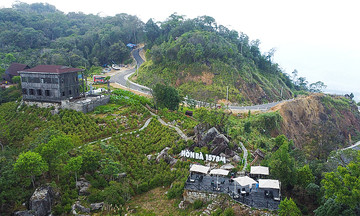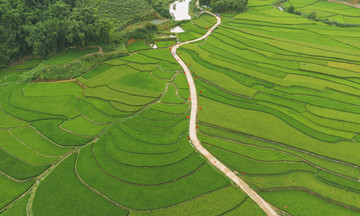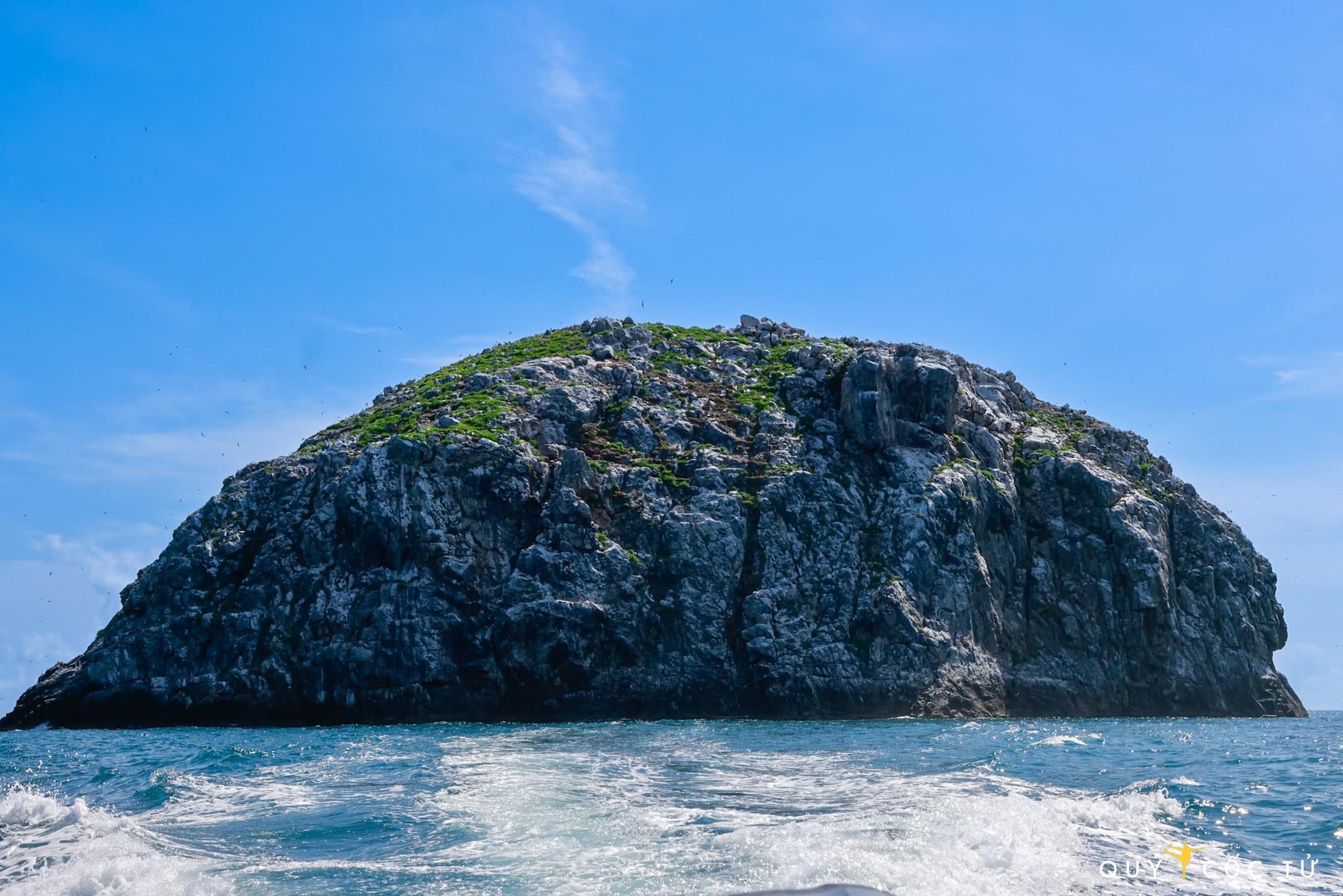 |
An described the most memorable moment as stepping onto the island and witnessing thousands of birds suddenly take flight, filling the sky. Though he had photographed birds at Tram Chim National Park, Nam Cat Tien forest, and U Minh, no place had made such a strong impression as Hon Trung. |
Hon Trung, the northeasternmost island in the Con Dao National Park archipelago, lies approximately 20 km from the district center. The nearly 2-hectare island features a unique landscape of scrub grass and unusually shaped rock formations.
With permission from the Con Dao National Park Management Board, wildlife photographer Ngo Tran Hai An, known for his years capturing images of animals in their natural habitats, visited Hon Trung in late June.
"This is a once-in-a-lifetime opportunity, as the island is almost entirely protected," An said.
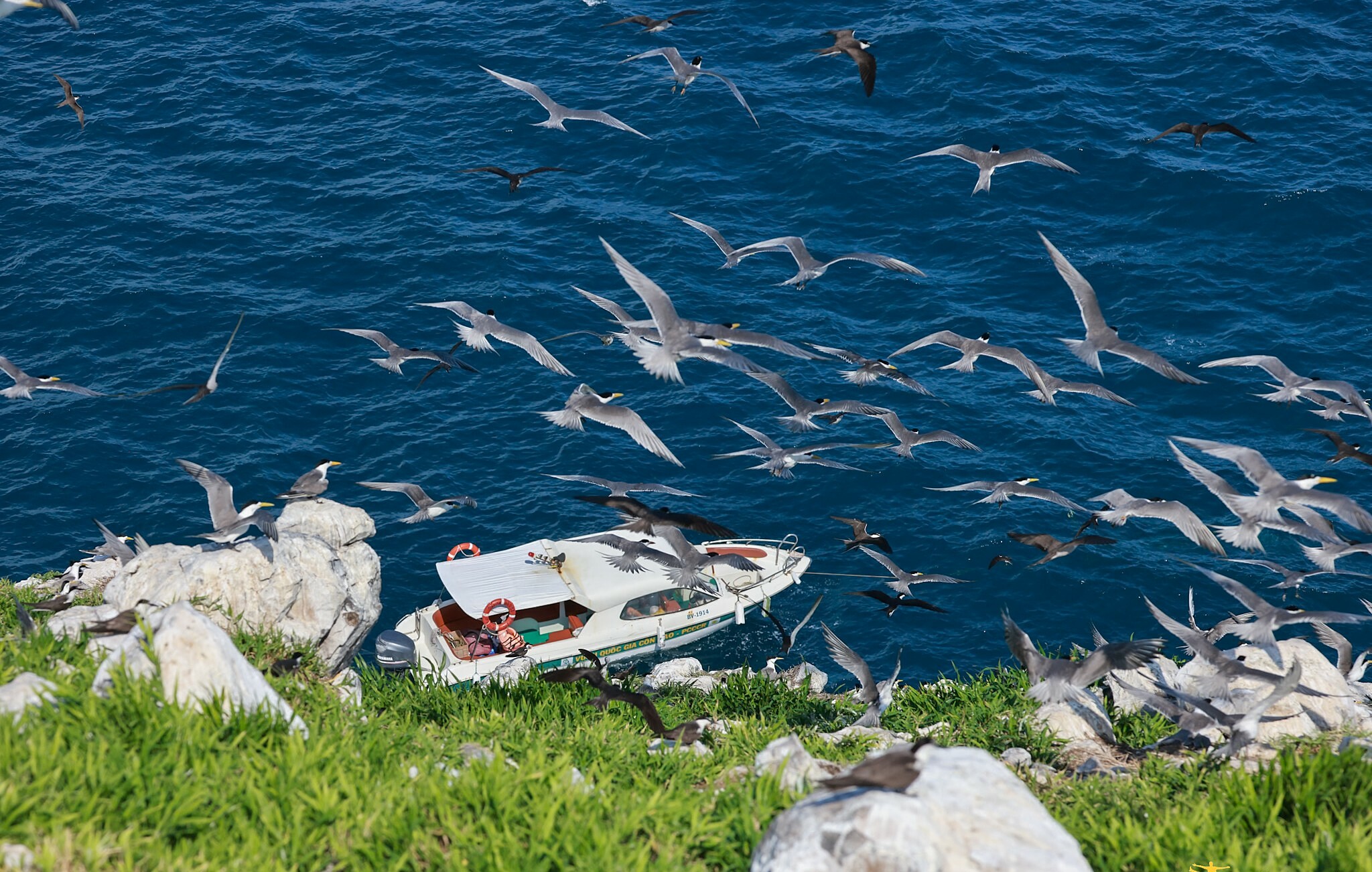 |
In addition to the bushes and flat land in the island's center, many birds choose to nest in the precarious rock crevices around Hon Trung to avoid predators. |
According to the photographer, Hon Trung's precarious position in the sea makes it difficult to access. Boats must ride the waves to approach the island, allowing visitors to cling to rocky outcrops and climb ashore.
From Con Dao's center, the journey to Hon Trung took An over 30 minutes. Despite favorable weather, it took another 20 minutes to navigate the challenging terrain and waves to finally reach the island.
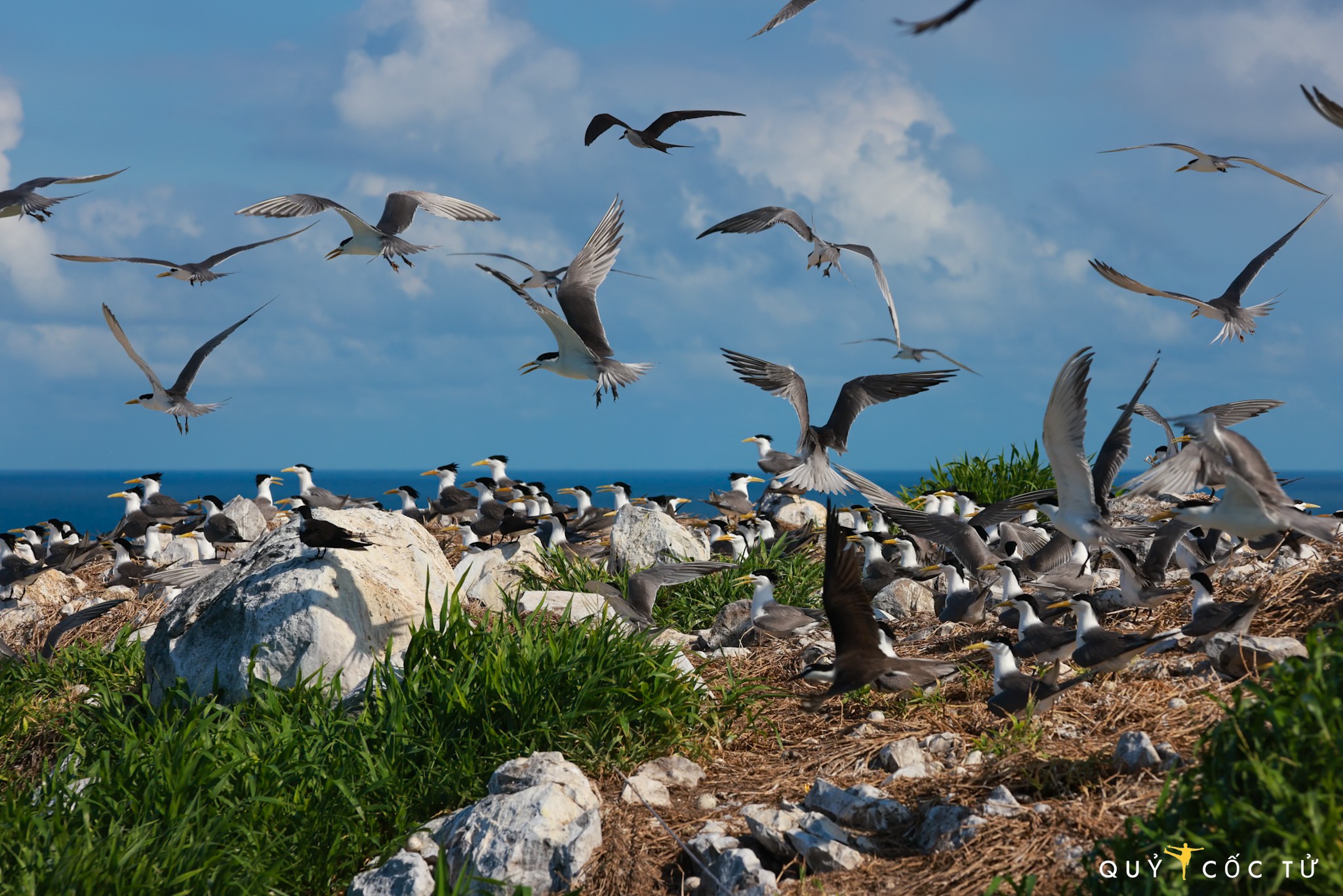 |
The Con Dao National Park has documented several seabird species migrating to the island to nest and lay eggs: the sooty tern, great crested tern, brown booby, white-rumped swiftlet, and gray-headed noddy. These birds nest across the island, soaring over the sea to hunt for food, lay eggs, and nurture their young.
At times, Hon Trung has held tens of thousands of seabird eggs, with an average density of 4.88 eggs per square meter. The Vietnam Records Organization (VietKings) awarded a record certificate to the Con Dao National Park Management Board on 28/11/2024.
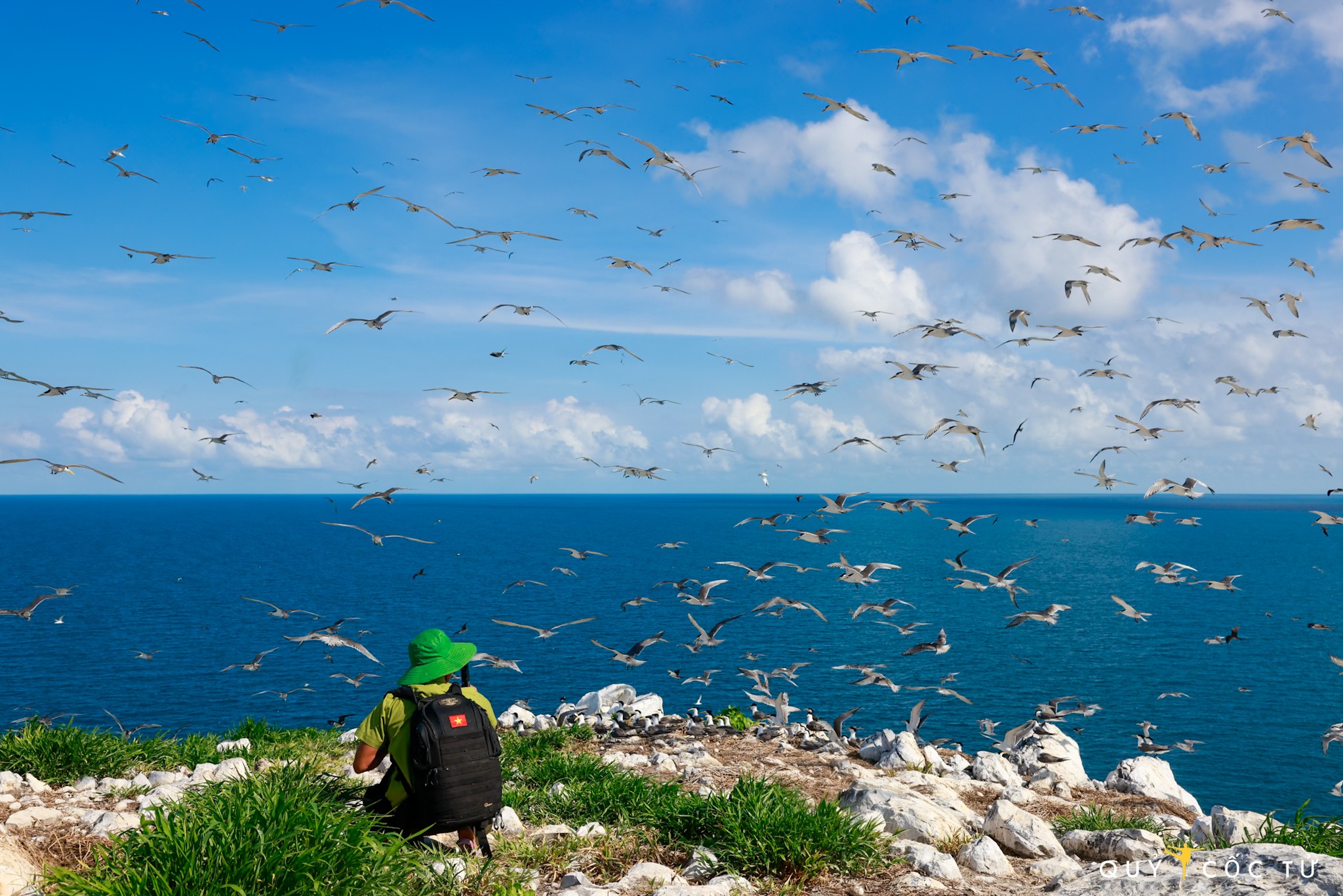 |
Throughout his two hours exploring and photographing Hon Trung, An followed the guidance of national park staff to minimize disruption to the birds' natural habitat.
"I was nervous because eggs and chicks were everywhere—on the ground, rocks, and in every patch of grass," the photographer said.
To combat past egg poaching, the national park installed a surveillance system around the island. This measure has helped the bird population and egg numbers recover.
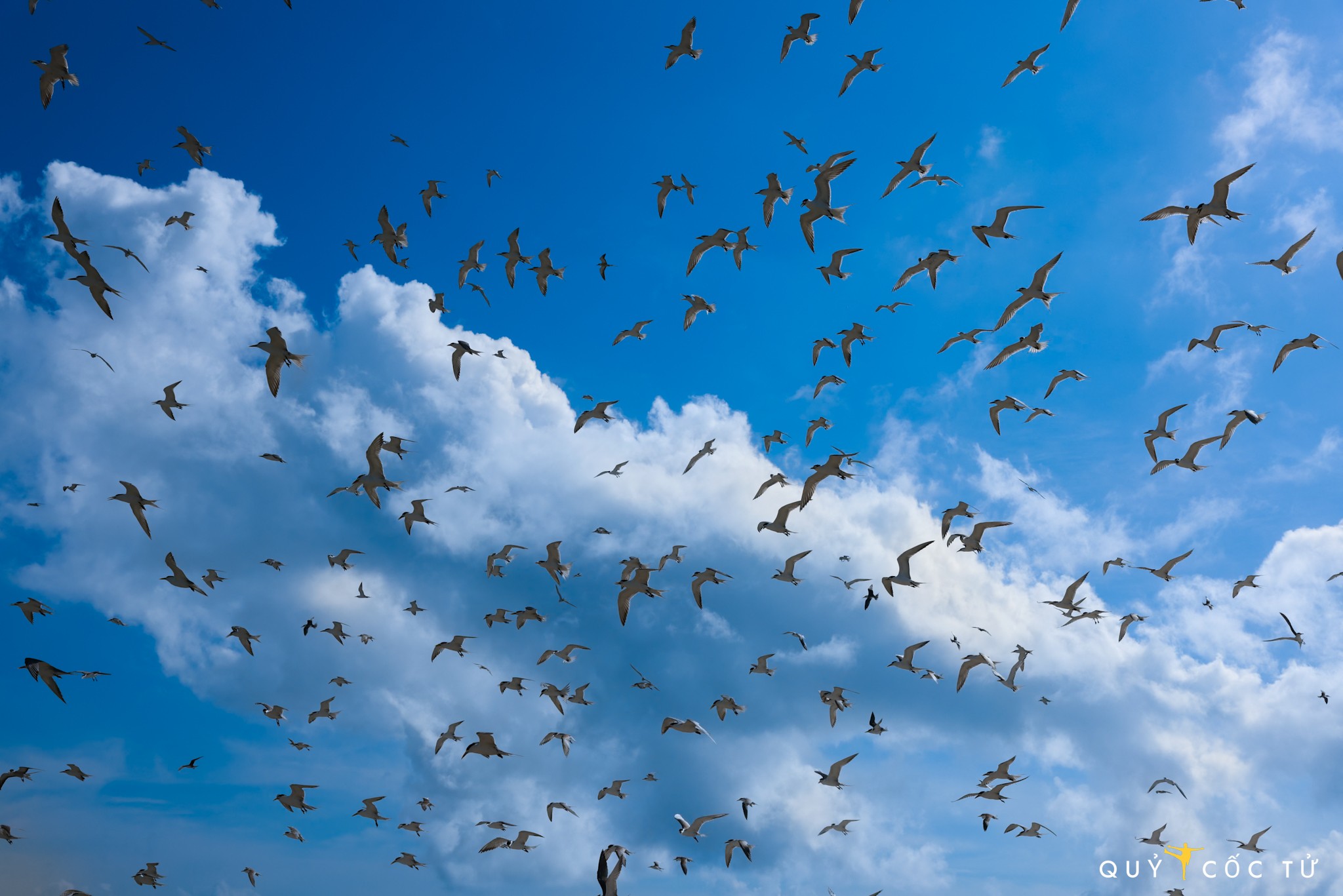 |
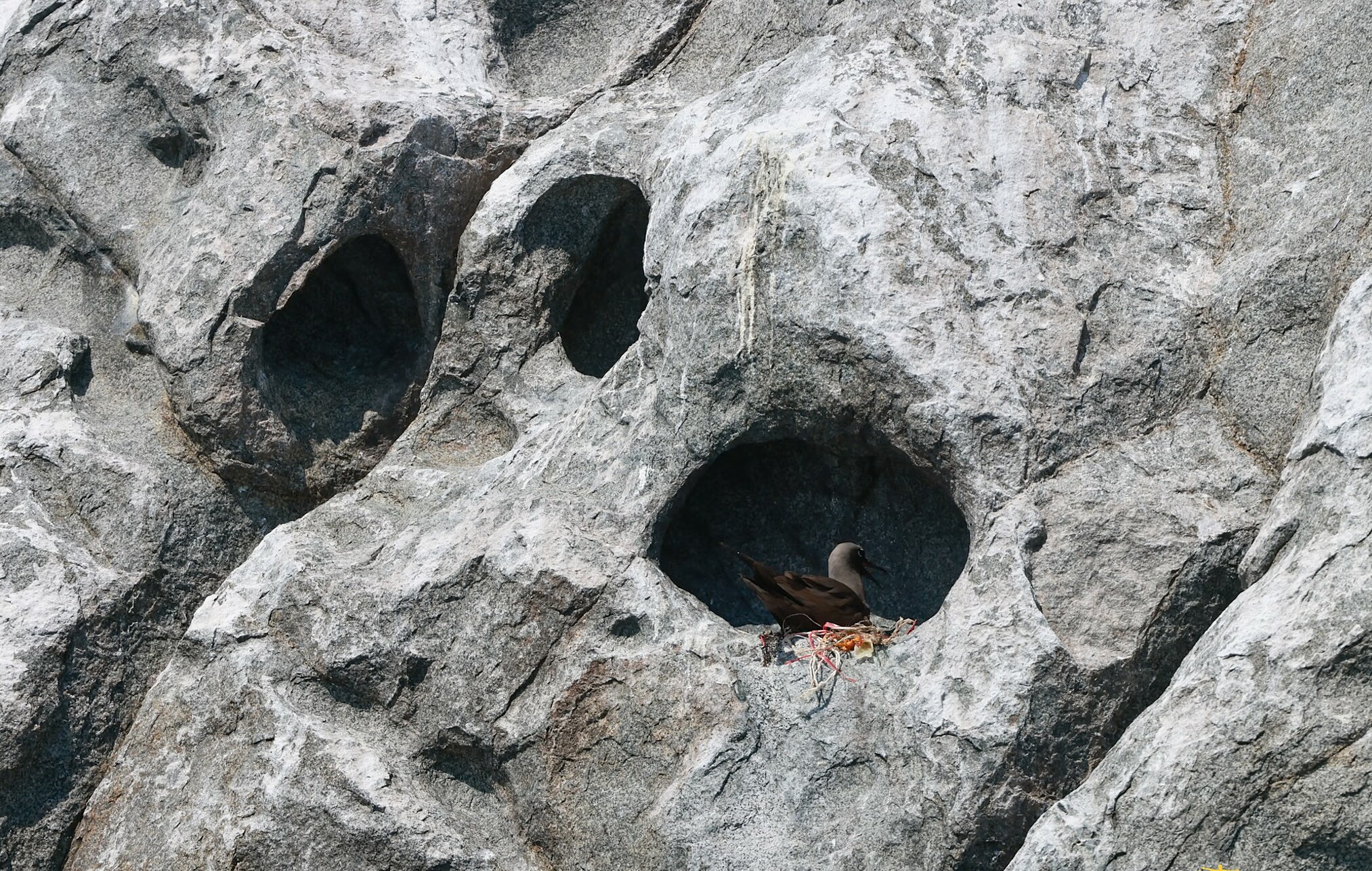 |
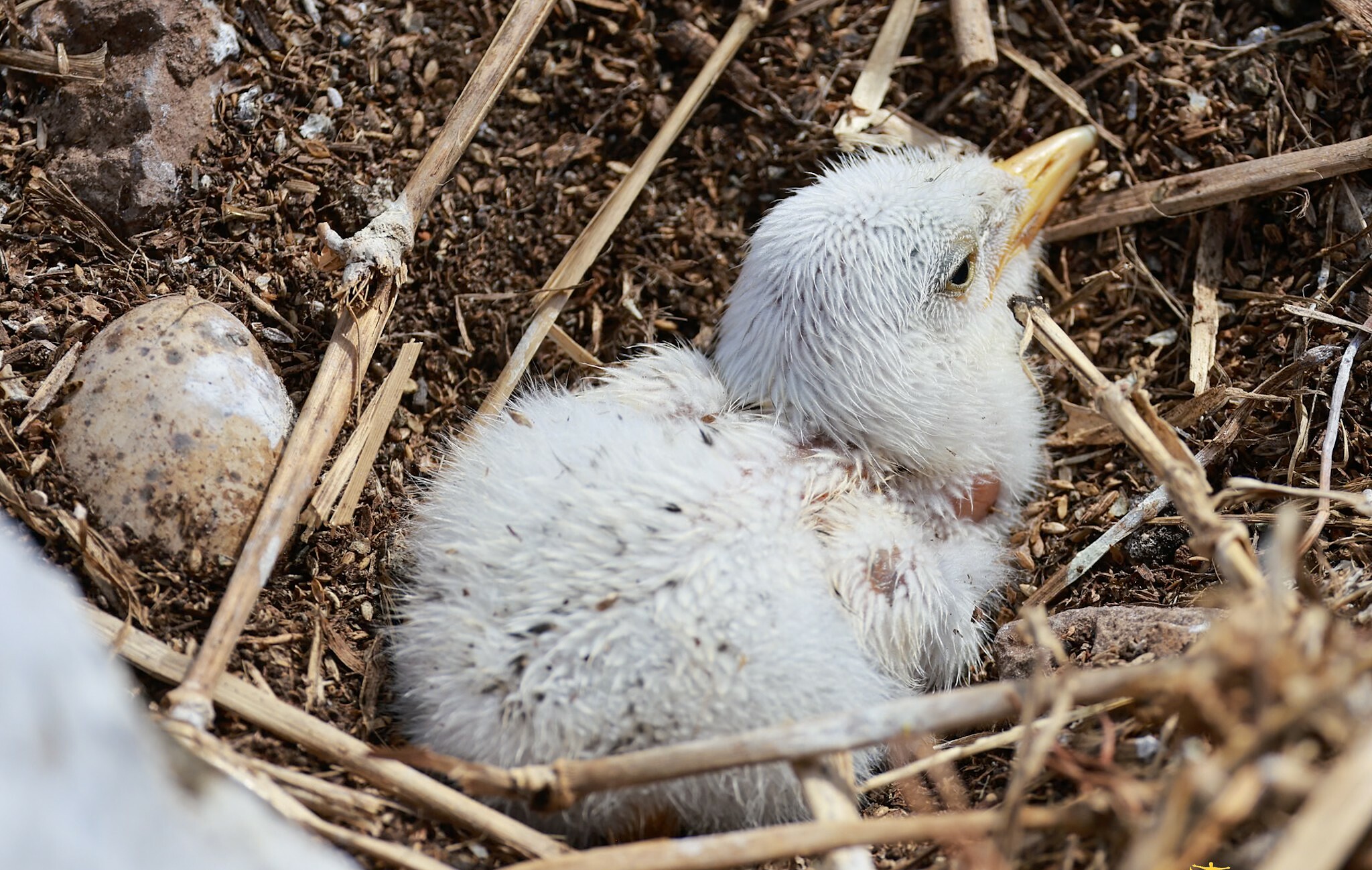 |
According to the Con Dao National Park Management Board, seabirds migrate to the island to nest and breed between April and October. The photo shows a two-day-old chick waiting for its parents to bring food back to the nest.
 |
A great crested tern perches on a rocky outcrop. During the breeding season, adult great crested terns have gray upper plumage, white underparts, a yellow beak, and a shaggy black crest (which flattens in winter). Chicks have a distinct appearance with gray, brown, and white feathers, relying on their parents for food for several months after fledging.
 |
Brown boobies often nest on steep cliffs. The brown booby (Sula leucogaster) is the only large booby species recorded in Vietnam and is a key symbol of Con Dao's marine ecosystem.
This large bird ranges from 73 to 83 cm in length. Adult birds have dark brown heads and backs that contrast sharply with their white bellies. Their pointed, pale yellow beaks, blue facial skin, and pale yellow legs create a distinctive appearance. Brown boobies are known for their spectacular hunting dives, plunging into the sea at speeds approaching 120 km/h to catch small fish and squid near the surface.
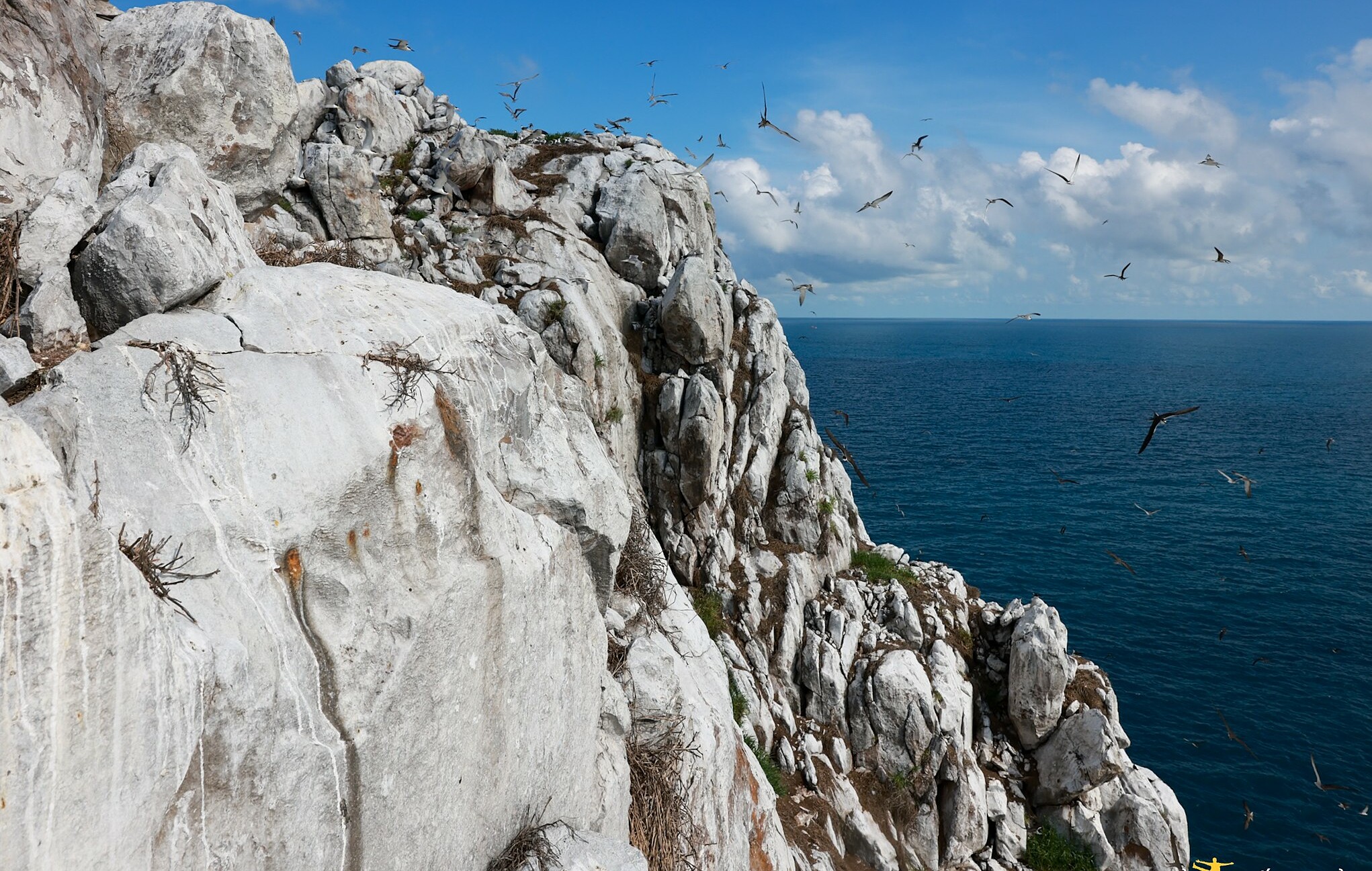 |
Hon Trung is considered Southeast Asia's most important and largest seabird sanctuary, with a dense population of birds and nests. This makes the island a particularly valuable area for biodiversity conservation and seabird protection in the region.
Public access to the island is restricted. All activities on Hon Trung must adhere to strict regulations to protect the sensitive habitat of the seabirds.
The photographer hopes his images will inspire collective efforts to protect the environment and nature. "Vietnam's wildlife can create stunning visuals, rivaling those of international film companies," An said.
Tuan Anh
Photos: Ngo Tran Hai An



